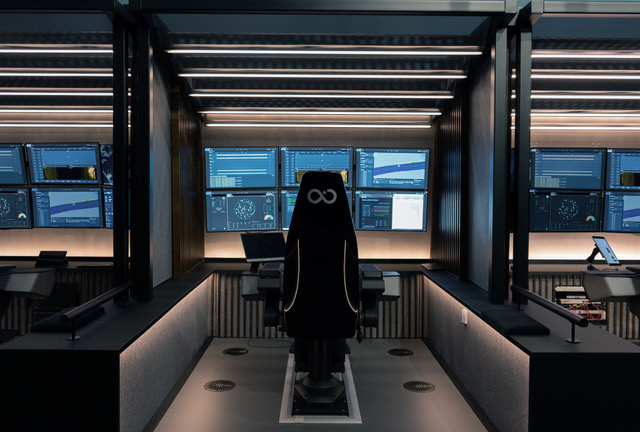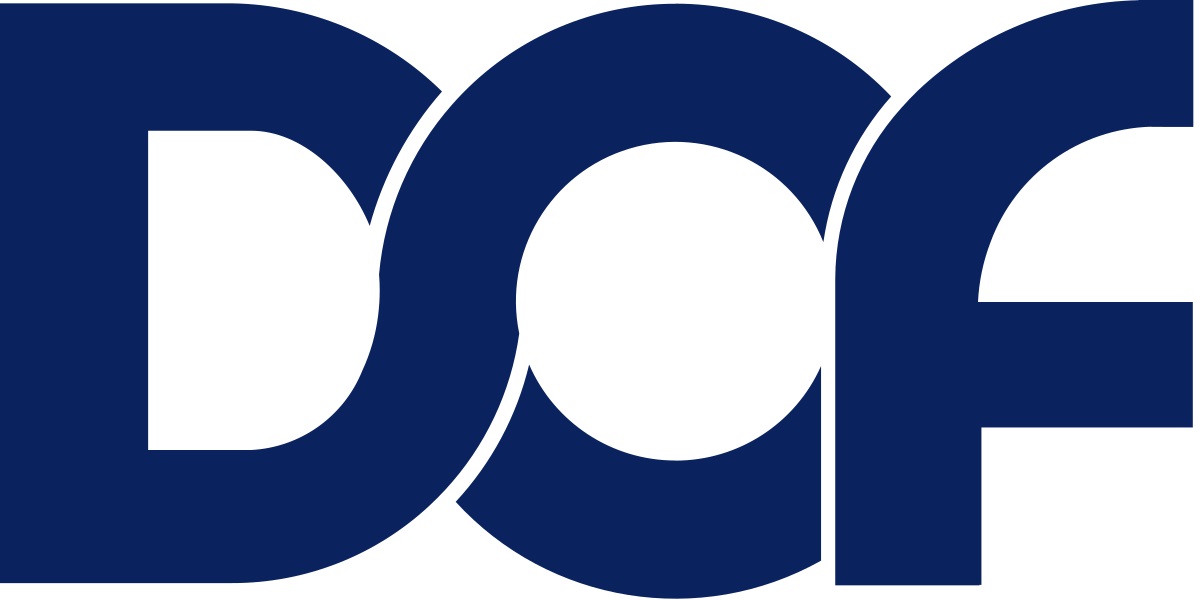Remote and Autonomous Ship Operations Driving the Future of Marine Data Management

Remote, lean crewed, and autonomous ship operations are playing a more extensive role than ever before in the maritime industry. This paradigm shift is not only revolutionising the way ships are operated but also driving and being driven by significant advancements in data management and data handling. We sat down with a group of industry professionals from Ocean Infinity, a leading maritime technology company, to explore the pivotal role of data in this transformation. From the challenges of data collection and bottlenecks to the power of picking the right data to process at the right time, our conversation provides a snapshot of the driving forces behind the maritime data revolution.
A Sea of Data
Ocean Infinity's data experts play a crucial role in gathering and processing valuable subsea data. The types of data collected vary depending on the specific client and industry needs, but can include geophysical data, geotechnical data, bathymetric data, acoustic data, subsea imagery, and environmental data.
The company envisages a time, in the not too distant future, where remote and lean-crewed operations at sea will overtake conventional crewed operations, but the magnitude of data generated in such operations is staggering. The data journey for conventional operations already involved extensive onboard data processing and quality control (QC) procedures. However, with the advent of remote operations, Ocean Infinity's data experts can now perform data QC and processing from onshore locations. This novel approach significantly alters the data journey, while still allowing for real-time analysis.
As André Reinlert, Data Innovation Manager at Ocean Infinity explains, it extends beyond the data output to the client, such as hydrographic survey data, to encompass information generated by the vessels themselves: “This includes vessel telemetry data and prognostic health management data, providing the valuable insights into vessel behaviour, weather conditions, and more that we need when operating remotely. The integration of these diverse data sources is crucial for improving operational efficiencies, enhancing data quality, and planning future endeavours.”
Darren Smith, Data Service Designer at Ocean Infinity, highlights that the volume of data collected in the maritime industry is following the general trend of exponential growth observed across various sectors: “One great example of this is that the first offshore wind farm was established with just 30 megabytes of subsea data, where modern projects deal with over 30 terabytes.”
While the increasing volume of data presents opportunities, it also introduces bottlenecks along the data journey. One significant bottleneck lies in the transmission of data from the vessel to the shore station. Limited bandwidth and the need to prioritise critical data make this stage a challenge. Tom Bowden, a Data Analyst at Ocean Infinity, emphasises the importance of distinguishing between valuable insights and raw data. It is essential to identify the data segments that hold the most value and optimise their transmission while filtering out lower priority data. This process ensures efficient utilisation of limited bandwidth and minimises the time spent sifting through less pertinent information.
All are agreed that any data management systems and protocols that enhance or enable lean crewed or uncrewed vessel operations have an immediate and valuable cross-over into all marine operations involving the handling of large quantities of data, and that includes current, fully crewed operations.
To address these bottlenecks, Ocean Infinity is driving a movement of the data processing load from shore to the vessels themselves, and ultimately leveraging processing on the AUV/ ROV, ultimately even a sensor within the vehicle. Tom Bowden explains: “As Machine learning and Artificial Intelligence technologies are accelerated through our lean-crewed vessel operations, we begin to enter the realm of edge processing, a technique that involves distilling acquired data on the vessel itself. As these technologies develop, our data processing is filtering ever further down the journey towards the source of the data.”
Quality Reference Products
During an Ocean Infinity offshore operation, the company uses a suite of systems to optimise data flow, storage, and analysis. The process involves the continuous cleaning and filtering of incoming data, applying protocols to compensate for noise, and producing QRPs (quality reference products), usually every 20 minutes during a data gathering operation. These reference products provide insights into data quality, enabling prompt adjustments to acquisition parameters and prevent the continued accumulation of out-of-spec data.
“The ability to generate and analyse these products at regular intervals has been a critical advancement in data management for lean crewed operations,” adds Darren Smith, “although we are working within a constantly moving arena. Our protocols are under constant review as new techniques, technologies and systems of working could provide a step up from our current ones and be worth adopting at short notice.”
The resource Ocean Infinity has put into data quality control has been something of a priority because with traditional crewed vessels, there is direct human interaction with the data collection and processing - obviously erroneous data are usually spotted and flagged up quite quickly. However, in the case of remote and autonomous ships, there is a greater need for automated, efficient, robust, and scalable data quality control.
A requirement for seamless data transfer has led to the development of advanced communication systems and protocols in all fields of life, not just offshore. High-bandwidth connections and secure networks are essential to ensure the timely and accurate delivery of data. Additionally, data compression and optimisation techniques are employed to reduce the size of the transmitted data, optimising bandwidth utilisation. Ocean Infinity uses a combination of its own in-house developed systems for packaging and compression, along with a range of third party, industry state-of-the-art products.
Unshiftable Constraints
Remote operations enable the company to gather comprehensive subsea data for various industries, including offshore wind, search and salvage, defense, and environmental sectors. This rich dataset provides valuable insights, supports decision-making processes, and helps clients optimise their operations.
However, due to the unshiftable constraints of operating subsea and offshore, the available bandwidth will never be enough, so the focus is not solely on collecting vast amounts of data but rather on extracting meaningful insights efficiently. Filtering out less pertinent data and focusing on the valuable information streamlines the process and maximises the use of available resources.
Moreover, the remote data collection process allows for increased data visibility and transparency. By standardising the data acquisition, filtering, compiling, and reporting procedures, Ocean Infinity ensures that clients have access to a robust lineage of information. This provenance of data instils confidence and empowers clients to trace and validate the decisions made based on the collected data.
Looking ahead
Ocean Infinity envisions the integration of innovative technologies that will further propel remote maritime data collection. One such technology is the deeper orchestration of automated systems, offering centralised control and real-time monitoring of diverse operations. This highly advanced management system can seamlessly deploy and track the progress of tasks across multiple platforms, ensuring efficiency and adaptability. Darren Smith paints a picture of the company’s near future capabilities where, “our data gathering platforms will operate with a vastly increased level of autonomy and collaboration. For example, we are planning for our AUVs to be collaborating in position correction, so position drift noted by one will be corrected by all. This way we won’t need a Mission#2 to fill in the data gaps created by some position drift in Mission#1.“
“We are also working on dynamic re-tasking. This would mean an AUV that finds a potential UXO (unexploded ordnance), for example, could re-task itself to gather a body of the highest possible resolution data in that area, then terminate its current assignment and return to the mothership to report. This level of collaboration could then mean that the remaining AUVs would ‘know’ to adjust their survey grids to pick up the potential gaps left by the first.”
The overarching mission is not solely focused on remote operations but revolves around the broader goal of transforming the maritime industry. With a commitment to sustainability, safety, and operational excellence, Ocean Infinity is paving the way for a future where remote, lean crewed, and autonomous ship operations are the norm, powered by advanced data management and handling practices.

